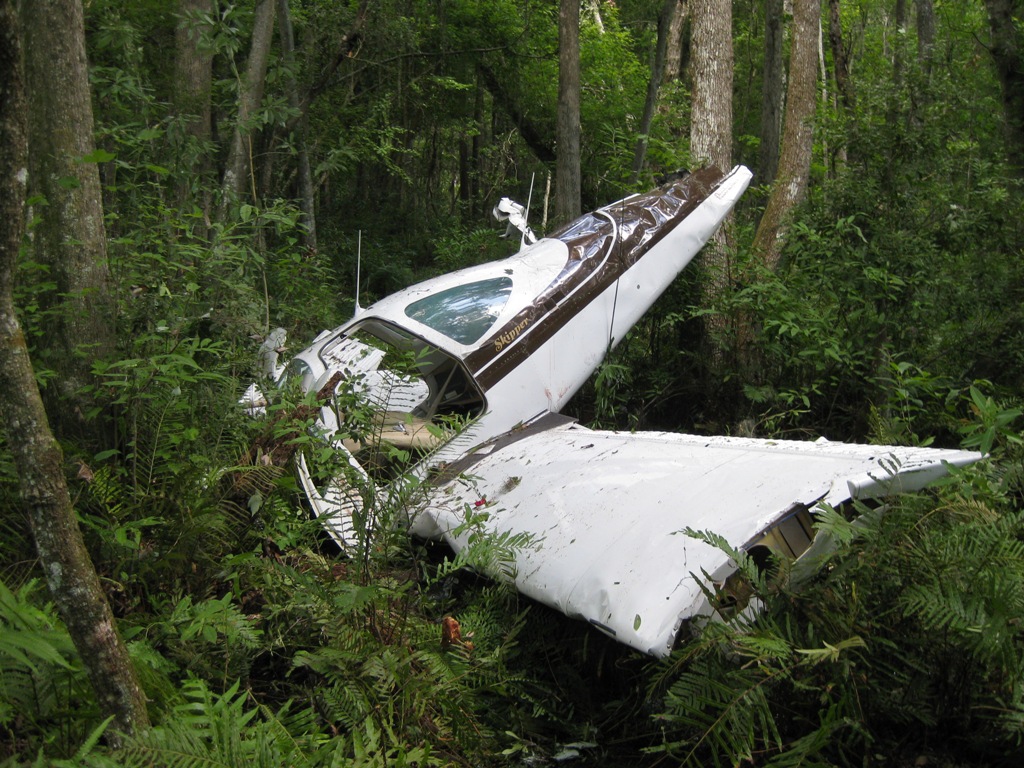
ASN Wikibase Occurrence # 226654
This information is added by users of ASN. Neither ASN nor the Flight Safety Foundation are responsible for the completeness or correctness of this information.
If you feel this information is incomplete or incorrect, you can submit corrected information.
| Date: | Friday 28 June 2019 |
| Time: | 10:30 LT |
| Type: |  Beechcraft 77 Skipper |
| Owner/operator: | The Villages Flight Club |
| Registration: | N1802Y |
| MSN: | WA-268 |
| Year of manufacture: | 1983 |
| Total airframe hrs: | 2090 hours |
| Engine model: | Lycoming O-235-L2C |
| Fatalities: | Fatalities: 0 / Occupants: 2 |
| Aircraft damage: | Substantial |
| Category: | Accident |
| Location: | Leesburg International Airport (KLEE/LEE), Leesburg, FL -
 United States of America United States of America
|
| Phase: | Landing |
| Nature: | Training |
| Departure airport: | Leesburg International Airport, FL (LEE/KLEE) |
| Leesburg International Airport, FL (LEE/KLEE) | |
| Investigating agency: | NTSB |
| Confidence Rating: |
The flight instructor was performing a checkout flight with the commercial pilot. They completed about 30 minutes of air work before returning to the airport to practice takeoffs and landings. The first landing was normal, and the commercial pilot added power to take off. When the airplane reached an altitude of 400 ft above the ground, the engine lost partial power and the airplane began to descend. The flight instructor took control of the airplane and landed in trees and a swamp adjacent to the airport. Examination of the engine revealed that it was full of water and debris from immersion in the swamp; however, no mechanical discrepancies were identified that would have precluded normal operation at the time of the accident.
A carburetor icing probability chart indicated that the airplane was operating in an environment associated with a serious risk of carburetor ice accumulation at glide power settings. The flight instructor stated that they did not use carburetor heat before landing because the carburetor heat caused the engine to run very rough when applied. Given that a postaccident examination of the engine revealed no mechanical issues with the engine, and the flight instructor stated that the carburetor heat was not being used during the flight while operating in an environment that was conducive to carburetor icing, the loss of engine power was most likely due to carburetor ice that accumulated during the approach.
Probable Cause: A partial loss of engine power due to carburetor icing, which resulted from the flight instructor's decision not to use carburetor heat.
Accident investigation:
 |
|
Sources:
NTSB ERA19LA217
Location
Images:

Photo: FAA
Revision history:
| Date/time | Contributor | Updates |
|---|---|---|
| 28-Jun-2019 20:30 | Captain Adam | Added |
| 17-Sep-2019 07:53 | harro | Updated [Time, Registration, Cn, Source, Narrative] |
| 27-Mar-2021 12:46 | ASN Update Bot | Updated [Time, Other fatalities, Departure airport, Destination airport, Source, Damage, Narrative, Accident report] |
| 27-Mar-2021 14:48 | ASN Update Bot | Updated [Departure airport, Destination airport, Damage, Category, Accident report] |
| 27-Mar-2021 15:27 | harro | Updated [Source, Narrative, Photo] |
Corrections or additions? ... Edit this accident description
The Aviation Safety Network is an exclusive service provided by:


 ©2024 Flight Safety Foundation
©2024 Flight Safety Foundation